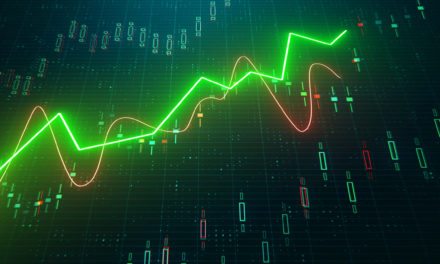
“Someone’s sitting in the shade today because someone planted a tree a long time ago.”
— Warren Buffett
Investors can learn a lot from Warren Buffett, whose above quote teaches the importance of thinking about investment time horizon, and asking ourselves before buying any given stock: can we envision holding onto it for years — even a two-decade holding period possibly?
Suppose a “buy-and-hold” investor was considering an investment into Hess Corp (NYSE: HES) back in 2002: back then, such an investor may have been pondering this very same question. Had they answered “yes” to a full two-decade investment time horizon and then actually held for these past 20 years, here’s how that investment would have turned out.
| Start date: | 03/04/2002 |
|
|||
| End date: | 03/02/2022 | ||||
| Start price/share: | $24.40 | ||||
| End price/share: | $101.78 | ||||
| Starting shares: | 409.84 | ||||
| Ending shares: | 534.65 | ||||
| Dividends reinvested/share: | $13.10 | ||||
| Total return: | 444.17% | ||||
| Average annual return: | 8.84% | ||||
| Starting investment: | $10,000.00 | ||||
| Ending investment: | $54,459.42 | ||||
As shown above, the two-decade investment result worked out well, with an annualized rate of return of 8.84%. This would have turned a $10K investment made 20 years ago into $54,459.42 today (as of 03/02/2022). On a total return basis, that’s a result of 444.17% (something to think about: how might HES shares perform over the next 20 years?). [These numbers were computed with the Dividend Channel DRIP Returns Calculator.]
Notice that Hess Corp paid investors a total of $13.10/share in dividends over the 20 holding period, marking a second component of the total return beyond share price change alone. Much like watering a tree, reinvesting dividends can help an investment to grow over time — for the above calculations we assume dividend reinvestment (and for this exercise the closing price on ex-date is used for the reinvestment of a given dividend).
Based upon the most recent annualized dividend rate of 1/share, we calculate that HES has a current yield of approximately 0.98%. Another interesting datapoint we can examine is ‘yield on cost’ — in other words, we can express the current annualized dividend of 1 against the original $24.40/share purchase price. This works out to a yield on cost of 4.02%.
More investment wisdom to ponder:
“The most important three words in investing is: “I don’t know.†If someone doesn’t say that to you then they are lying.” — James Altucher




